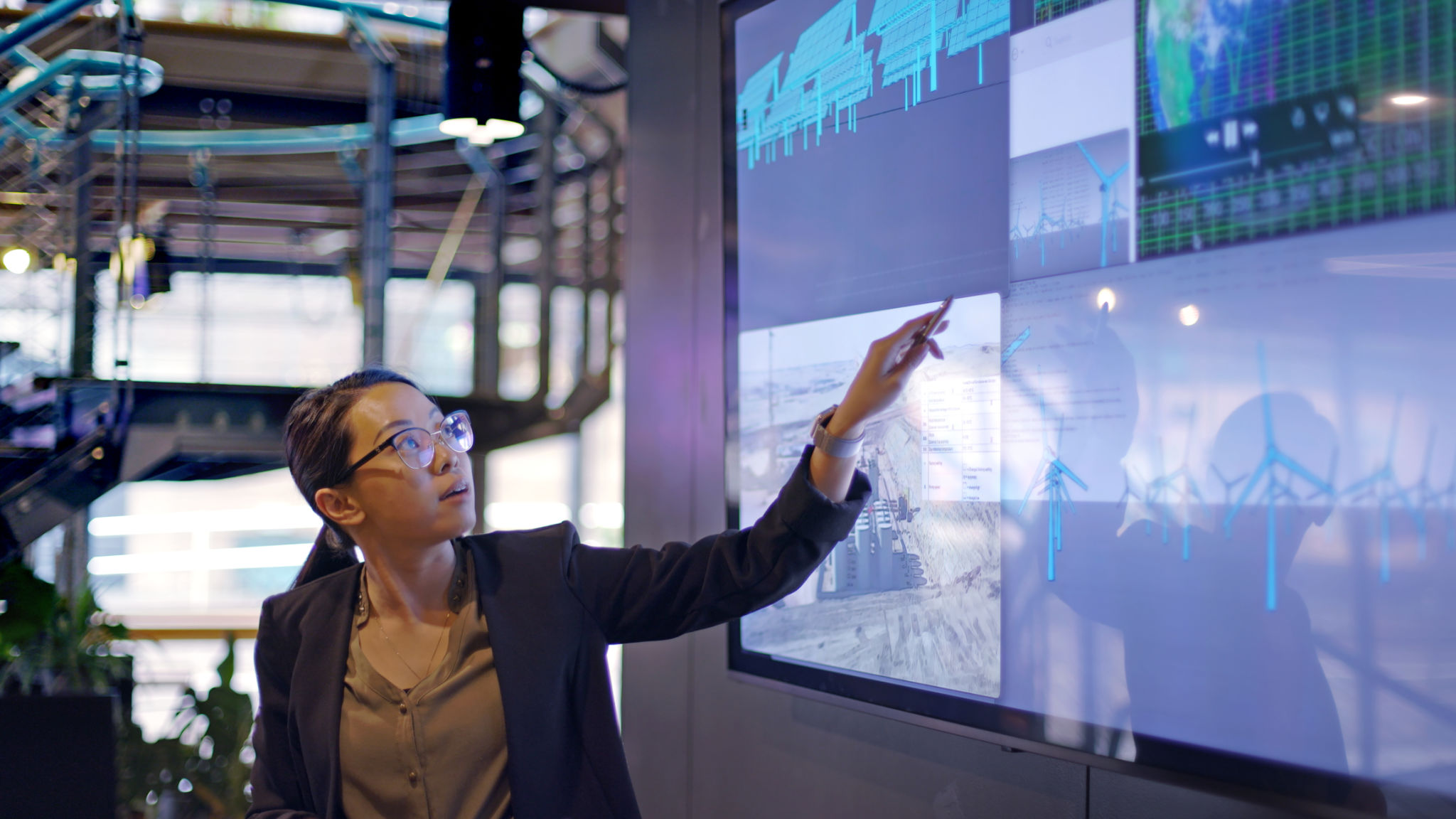How Virtual Power Plants are Transforming Energy Use in South Australia
Understanding Virtual Power Plants
Virtual Power Plants (VPPs) are revolutionizing the way energy is managed and consumed, especially in regions like South Australia. A VPP is a network of decentralized power generating units such as solar panels, wind turbines, and battery storage systems that are coordinated using advanced software to operate as a single power plant. This innovative approach allows for better integration of renewable energy sources into the grid, enhancing energy efficiency and reliability.

In South Australia, where renewable energy is abundant, VPPs play a crucial role in maximizing the use of solar and wind resources. By leveraging these technologies, VPPs help reduce reliance on fossil fuels and minimize carbon emissions, contributing to the state's sustainability goals.
The Role of Technology in VPPs
The operation of Virtual Power Plants relies heavily on cutting-edge technology. Advanced software platforms are used to monitor, control, and optimize the performance of individual energy resources. These platforms can predict energy demand, manage supply, and even respond to real-time changes in the grid, ensuring efficient energy distribution.
Moreover, the integration of artificial intelligence and machine learning algorithms enables VPPs to continuously improve their operations. These technologies can analyze vast amounts of data to optimize energy production and consumption patterns, ultimately leading to cost savings for consumers and increased stability for the grid.

Benefits of Virtual Power Plants in South Australia
South Australia's commitment to renewable energy makes it an ideal candidate for the deployment of Virtual Power Plants. Here are some key benefits:
- Enhanced Grid Stability: VPPs provide flexibility in energy generation and consumption, which helps stabilize the grid and prevent blackouts.
- Cost Efficiency: By optimizing resource use, VPPs can reduce energy costs for consumers and utilities alike.
- Environmental Impact: VPPs enable greater use of renewable resources, significantly decreasing greenhouse gas emissions.
The widespread adoption of VPPs in South Australia has also provided an economic boost by creating jobs in the clean energy sector and attracting investments in renewable technologies.
Challenges and Future Prospects
Despite their benefits, Virtual Power Plants face several challenges. One major hurdle is the initial investment required for infrastructure and technology development. Additionally, integrating various energy resources into a cohesive system demands robust regulatory frameworks and collaboration among stakeholders.

Looking ahead, the future of VPPs in South Australia appears promising. As technology continues to evolve and costs decrease, VPPs are expected to become more widespread. Policymakers and industry leaders are working together to overcome existing challenges and pave the way for a sustainable energy future.
Ultimately, Virtual Power Plants have the potential to transform not only how energy is used in South Australia but also serve as a model for other regions seeking to transition to clean energy systems. By harnessing the power of innovation and collaboration, South Australia is leading the charge towards a more sustainable and resilient energy landscape.